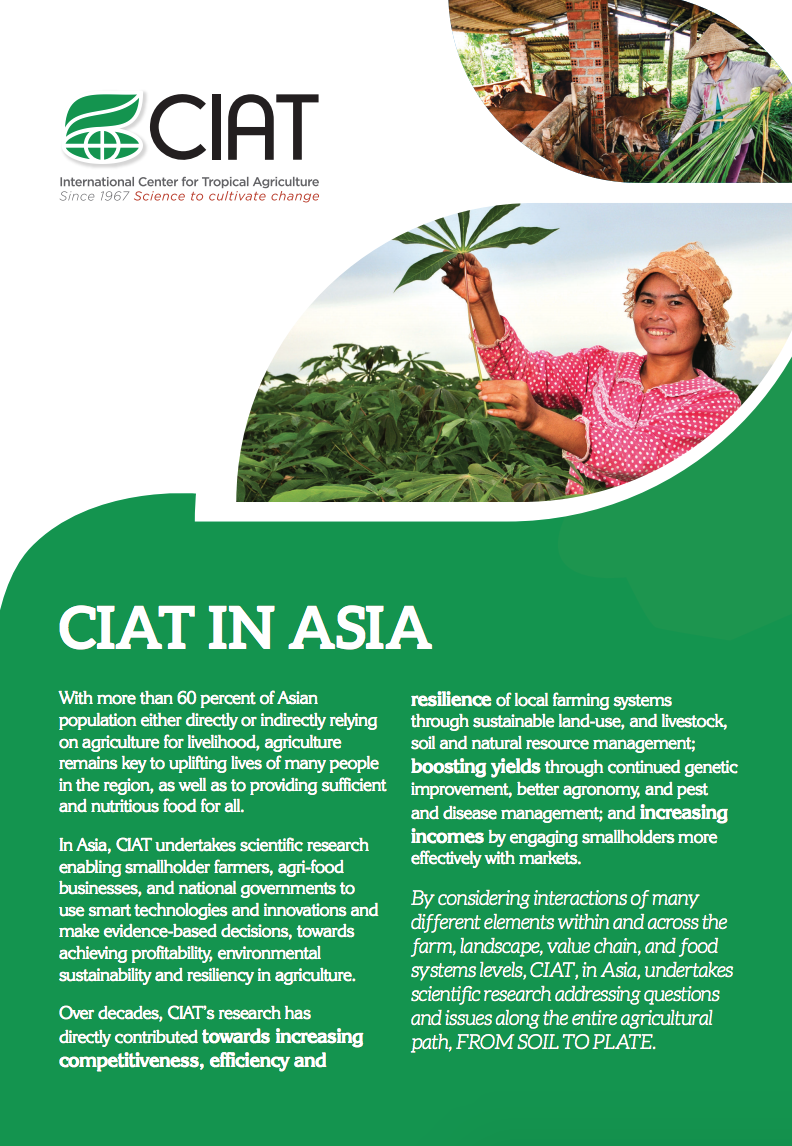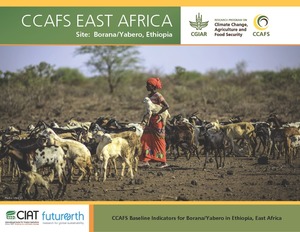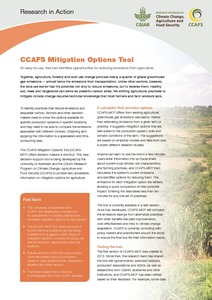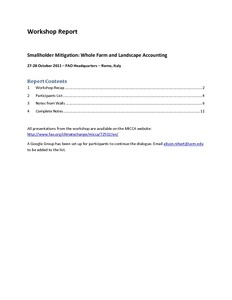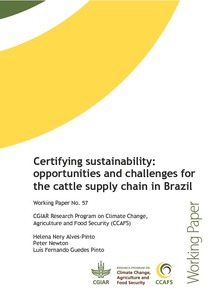Climate change, agriculture and food security: a strategy for change
Agriculture – on which we all depend for our food – is under threat from climate change. There is no doubt that systems worldwide will have to adapt, but while consumers may barely notice in developed countries, millions of people in developing countries face a very real and direct threat to their food security and livelihoods. Even without climate change, many agricultural systems in developing countries are nearing crisis point. Feeding a rapidly rising global population is taking a heavy toll on farmlands, rangelands, fisheries and forests. Water is becoming scarce in many regions.





